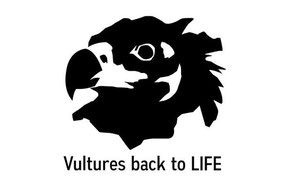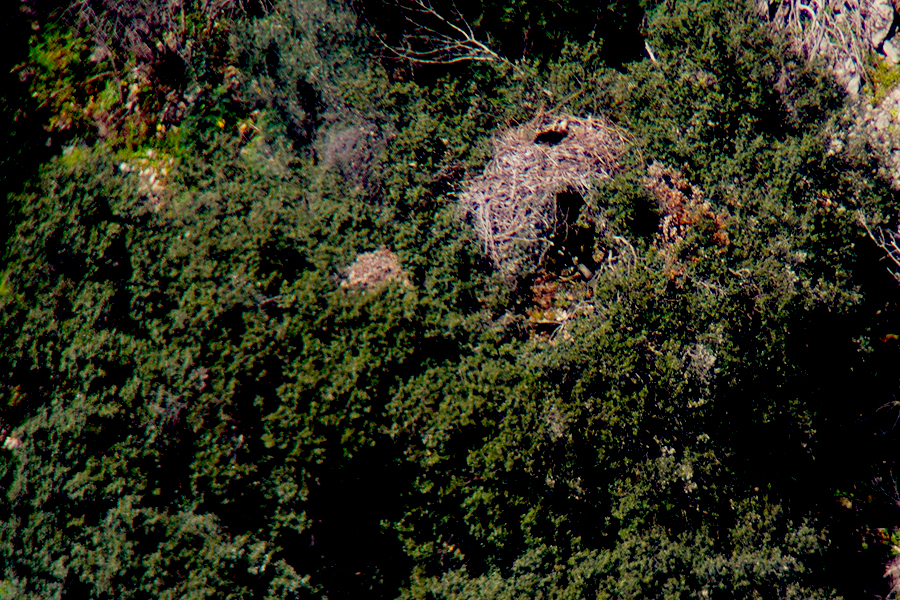
The Griffon Vultures at the Green Balkans’ Wildlife rehabilitation and breeding centre laid their second egg for this breeding season!
Second egg for 2020
The Griffon Vultures at the Green Balkans’ Wildlife Rehabilitation and Breeding Centre were given a chance to lay a second egg after the first one was moved to the incubator.
The second egg appeared 30 days after the team at the centre took the first one. This stimulated the birds to start building a nest again, and after a few days, they started copulating. Copulations were often, and this gives them hope that the egg might be fertile!
In the first hours after laying, the female was carefully incubating the egg. On the second day, the male took over and now he is more active in incubating. The male proved himself before as a nurturing parent when he was taking care of the first and only Griffon Vulture that hatched in the Rescue centre.
Quite soon, it will become clear whether the egg is fertile or not – let’s hope it is!
The large vultures breeding program, including the Griffon Vultures and Cinereous Vultures, in the Centre, is supported by the Vultures Back to LIFE project.
Watch the pair with the second egg
Vultures Back To LIFE

Led by the wildlife conservation charity Green Balkans, with activities also implemented by the Fund for Wild Flora and Fauna, and bringing together partners from Bulgaria, Spain and Germany, Vultures Back to LIFE aims to reintroduce the cinereous or Eurasian black vulture to Bulgaria. The team will transfer and release around 60 birds, some from captive-breeding, but mostly coming from wildlife rehabilitation centers in Extremadura (Spain) into the wild in Bulgaria as well as creating supplementary feeding stations and improving populations of wild herbivores, improving the nesting conditions and creating artificial nest sites and tackling some of the major threats to vultures in the country such as insulating electricity pylons and illegal use of poison in the nature.




